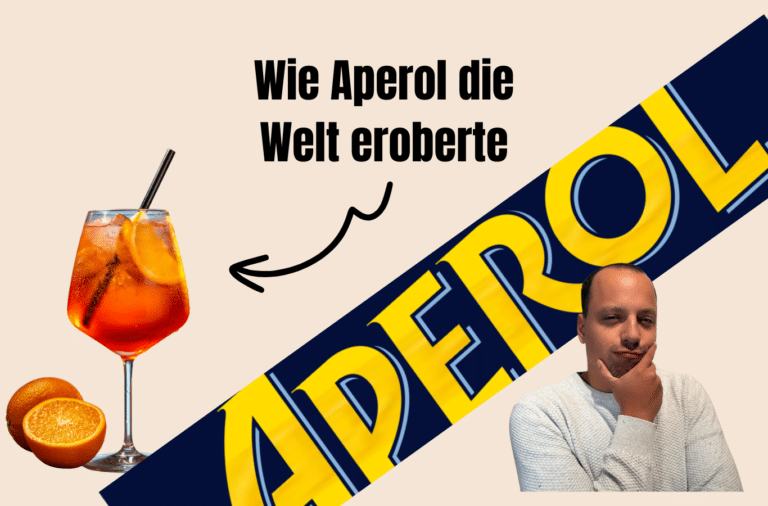You cause confusion in everyday life, are an expression of poor usability and lead to a negative user experience (UX). Doors that don’t open, websites where nothing can be found. Debates surrounding the two terms “usability” and “user experience” are becoming increasingly popular. But what exactly do they actually mean? And why are these two words important at all?
Table of Contents
ToggleUsability and user experience: what do these terms mean?
When it comes to the usability or user-friendliness of products, we talk about “usability”. The term is derived from the English words “user” and “ability”, in other words “usability”. Usability can be found in both real and virtual everyday life.
In the online context, it is about interfaces between people and technology, for example the use of a website by a customer. Usability therefore refers to how user-friendly a website or product is designed. Such adaptations to user needs aim to achieve a high quality of use and thus customer or user satisfaction.
In general, high usability is characterized by efficient and intuitive operation. So if you want to buy a ticket from a ticket machine, the process should be very simple. You should be able to open a window and use a website without having to think about it. Problems are often not the fault of a user, but a suboptimal design of the product!
The relevance of dealing with this topic is even demonstrated by the definition of the term usability in a DIN standard. The requirement: an interactive system (e.g. a website) should be easy for the user to operate. Usability is described here as the extent to which the user can achieve “specific goals effectively, efficiently and satisfactorily” (DIN EN ISO 9241). This all sounds very abstract at first, but actually, behind a complicated term lies a simple principle: the easier you can achieve your desired goal with the (digital or analog) product, the better.
In everyday life, poor usability tends to catch the eye. Take the example of a website: If you can simply and “comfortably” click through the page to find the information you want, you will hardly question its usability. However, if there are problems, such as a confusing navigation, this is noticeable in a negative way and therefore tends to lead to frustration or even to leaving the page in question. “User experience” describes this extended approach, which includes emotional and aesthetic dimensions. This term covers aspects of the user experience: In our example, the frustration you feel represents a negative user experience. The aim is to create a positive experience or enjoyment of use through an appealing product design.
The difference between the two terms – which are often mistakenly used interchangeably – lies in the aspects included in each case:
- Usability = suitability for use or user-friendliness: functionality, simple operation
- User experience (“UX”) = user experience: fun to use
User-friendliness: What does "intuitive" operation mean?
To ensure a usable design, a product should be “intuitive” to use. In other words, it is about being able to use something without having to explain it or think about it too much. The perfect everyday example of this is doors: do I have to pull or push to open the door? Good usability: If the handle is a flat plate, for example, you can’t pull the door open and you know immediately – even without a sticker – in which direction you have to open the door. In this case: push. Simple and direct use should therefore be the aim when designing a product.
Intuition – how does it work and why does it work at all? Something happens intuitively when a subconscious application of prior knowledge is possible and takes place. You don’t actively think about it, but can “just do it” because you are familiar with the principle. So what prior knowledge should we build on in order to make intuitive operation possible for as many users as possible?
“Common knowledge” is the key to success: recurring or familiar patterns that you encounter every day. Here are a few examples: Volume controls on devices – to make a device louder, we intuitively move the control to the right or up. If we think of brightness controls on laptops or other tools on websites, but also switches in buildings, this applies to all of them.
We automatically associate right with louder, brighter, more. The same principle also works with top and bottom. It is therefore important to be aware of this and to design a product accordingly. If suddenly moving a control upwards led to a reduction in volume, you would be irritated.
Usability on the website: Practical implementation in the design
Good usability is particularly important on websites due to the high level of competition. In the meantime, certain patterns for the structure of websites have crystallized on the WWW, for example in the placement of certain elements: if there is a search field on the page, it is usually placed at the top right, the menu is also usually located in the header of the website. The trick is to adhere to these conventions in order to make it easy for the user to use the website while at the same time emphasizing your own individuality and unique selling points.
In addition to the use of familiar patterns, consistency is another aspect that contributes to ease of use. If the pattern is always the same, experience can be transferred from one area to another or to a different application. Let’s relate this point back to a website: If the structure of all subpages is designed and organized in the same way, a visitor to the site knows immediately which section to scroll to in order to find the desired information straight away. A regular structure, good readability and clear navigation contribute to an easy-to-use site.
Clarity, simplicity and clarity make all the difference: A button on a website should definitely be recognizable as such. If you announce various services on your homepage with links to the corresponding more detailed information, the link should be highlighted in color, for example. This way, every visitor immediately sees that this is a redirect to a subpage and is easily directed to the content they are looking for. All of this is characterized by user-friendly, simple and intuitive operation.
User experience: attractive design
In addition to functionality, emotions also play a not insignificant role. In order to associate a positive experience with a product, good usability (in the sense of ease of use) naturally plays a role. However, it is also about the attractiveness of an offer and the fulfillment of the user’s expectations or needs. The aim is to make the product fun to use and convey a positive feeling.
This point can also be explained well with the design of a website. The choice of words and colors convey an image of the site and thus of the site owner. How do you address the user? Does the text on the page consist only of standard phrases, or does the personality of the company resonate? One example is the creation of an “About us” page: If the potential customer has a good impression of the page and therefore an impression of the personality of the company, they will have a positive feeling towards it and will be more likely to decide to contact it and buy from it rather than from the competition.
What are the benefits of good usability and a positive user experience?
Through functionality and, above all, positive user experiences, users and customers build a stronger bond with the company. A positive impression conveys a feeling of “They know what they’re doing” and “I can find what I’m looking for here”. For websites, for example, this means lower bounce rates and greater competitiveness. Competition is particularly fierce online: studies have shown that many users leave a website if they cannot find the information they are looking for in the shortest possible time.
Clear, self-explanatory operation and attractive design lead to greater customer satisfaction and thus to an increase in the conversion rate and a positive brand image. The aim is therefore to use usability and user experience strategies to meet the needs and expectations of users in the best possible way.








